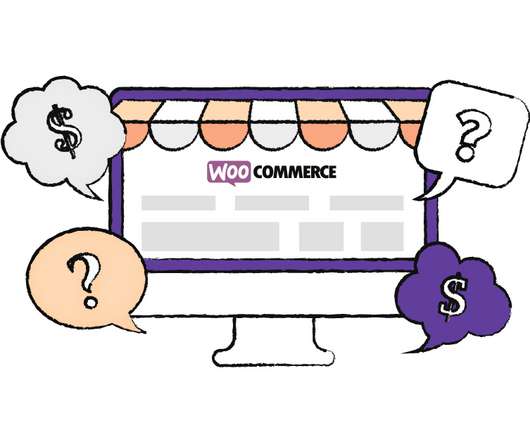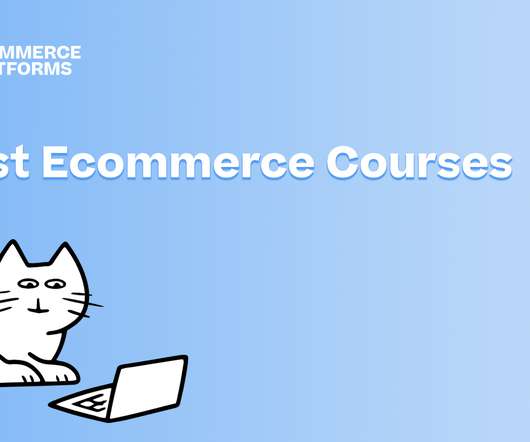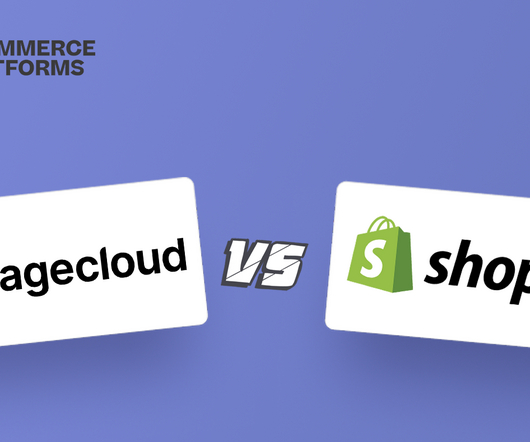WooCommerce Pricing: 7 Factors to Consider
SellBrite
MARCH 15, 2021
According to BuiltWith, WooCommerce has 30% of the market share for websites using ecommerce technologies. Although WooCommerce is free to use, there are additional costs and fees to running a store—which you might not realize until you’ve already spent a lot of time setting up your store. Setup and hosting. Free themes.





















Let's personalize your content